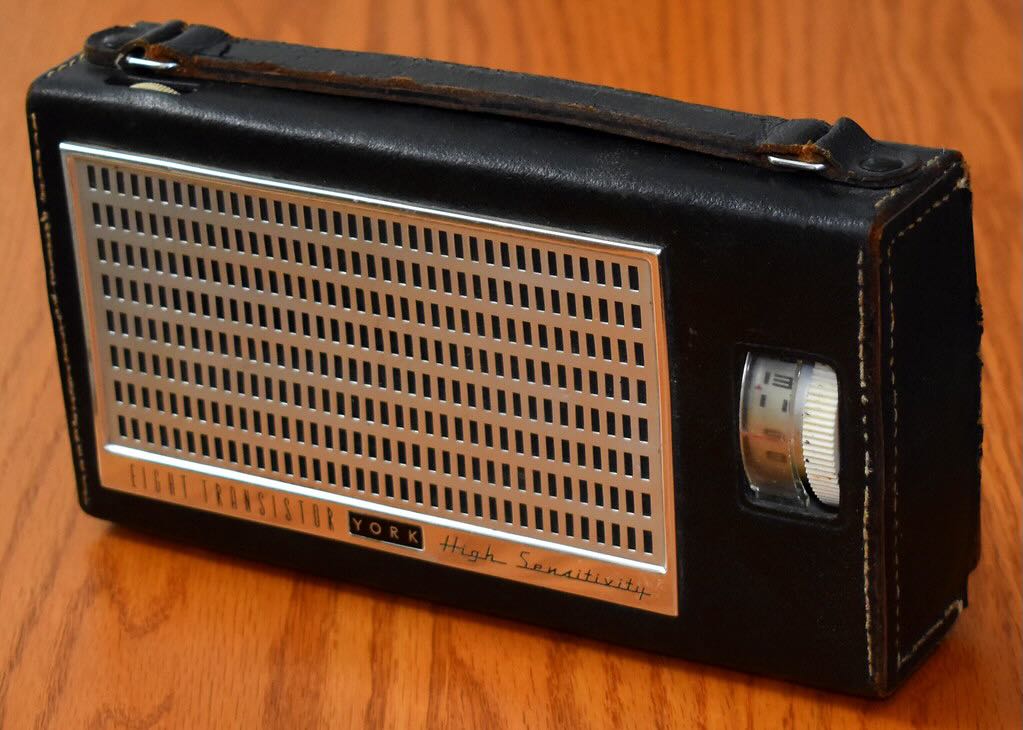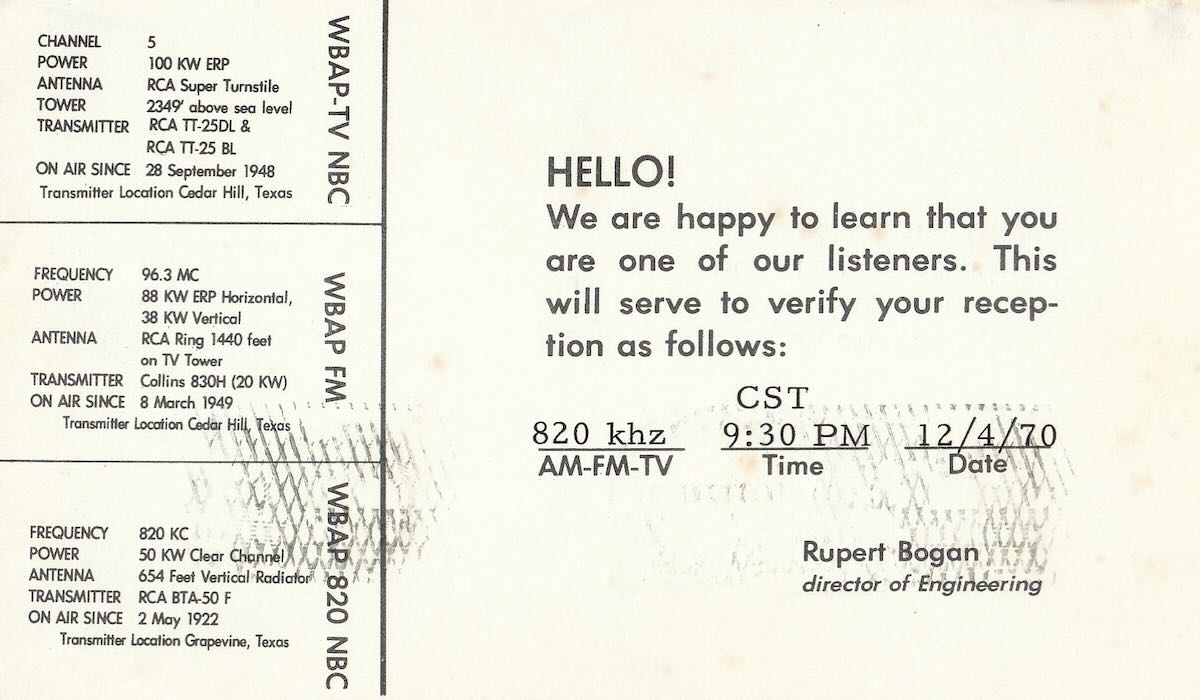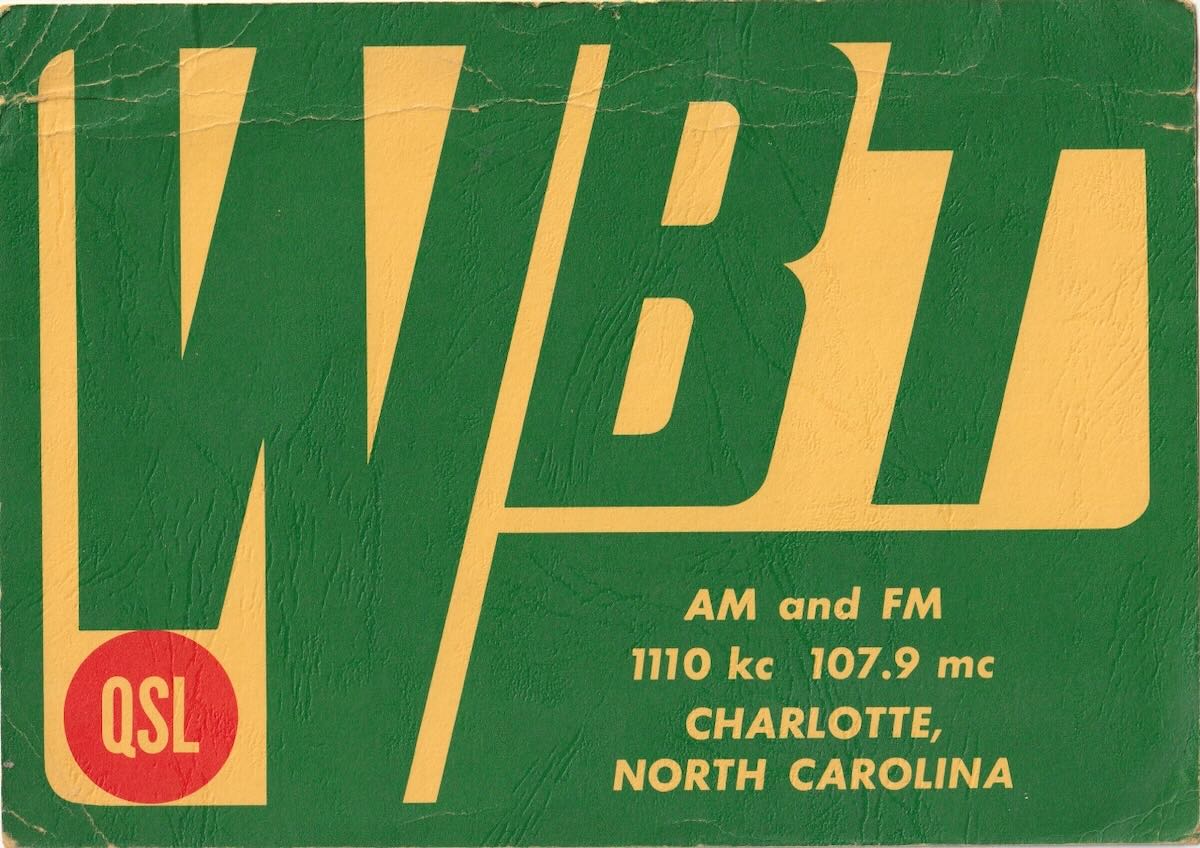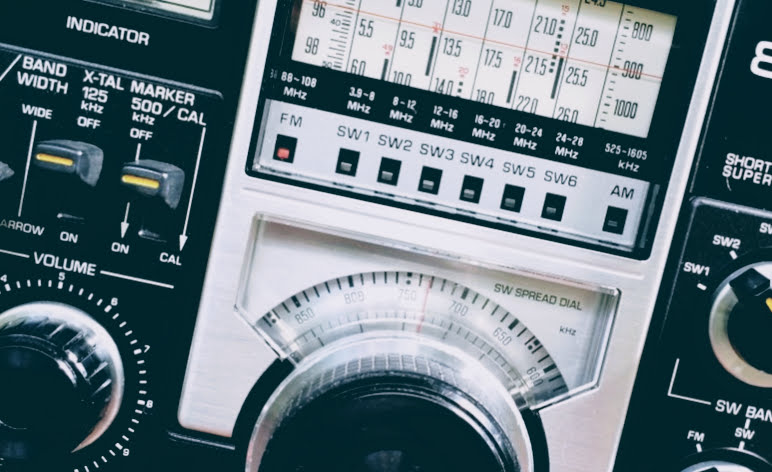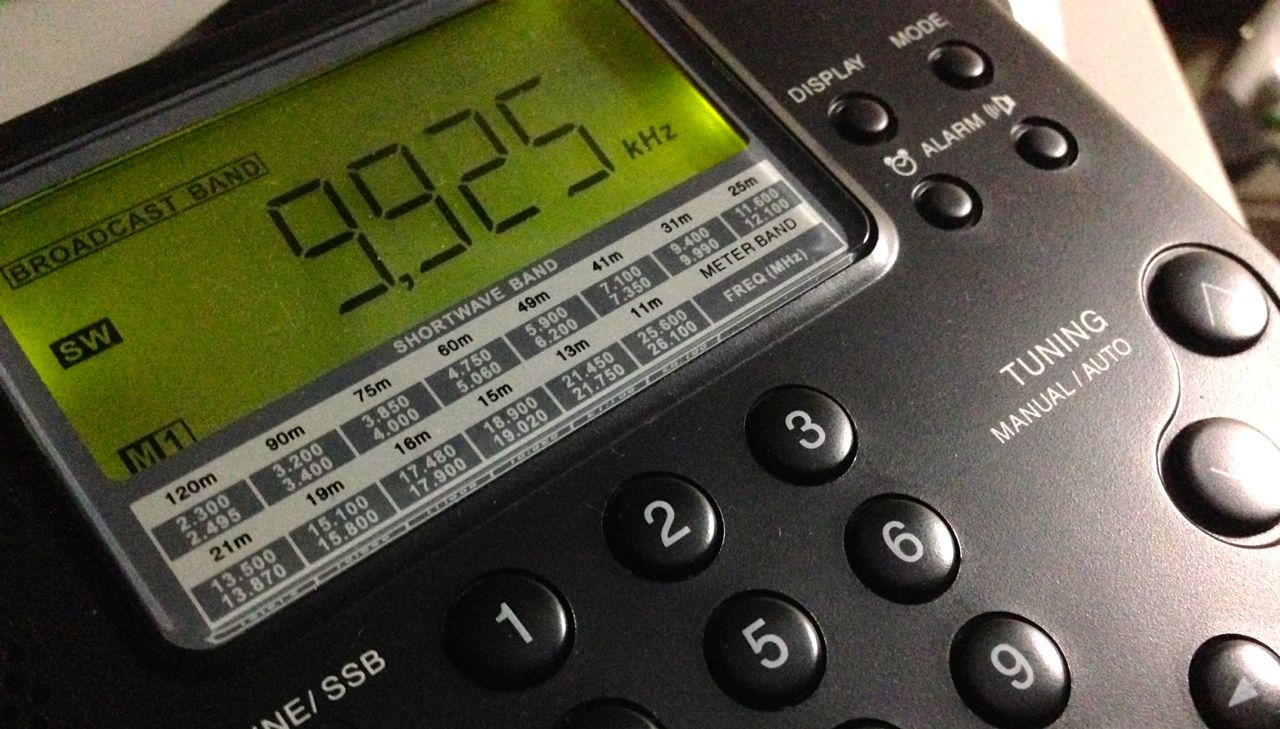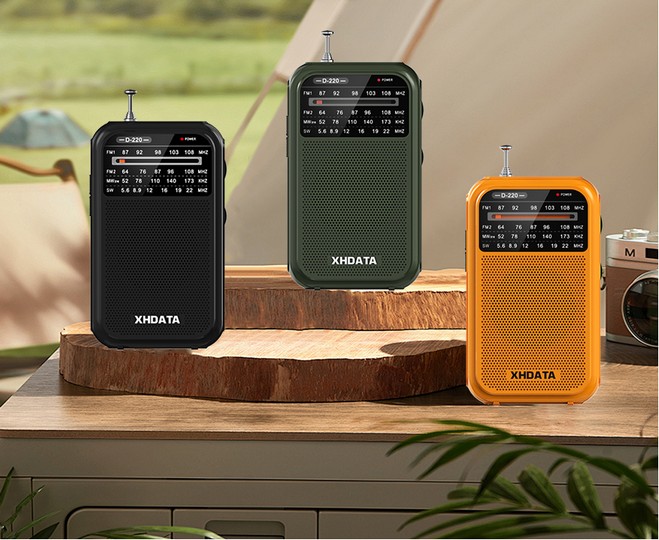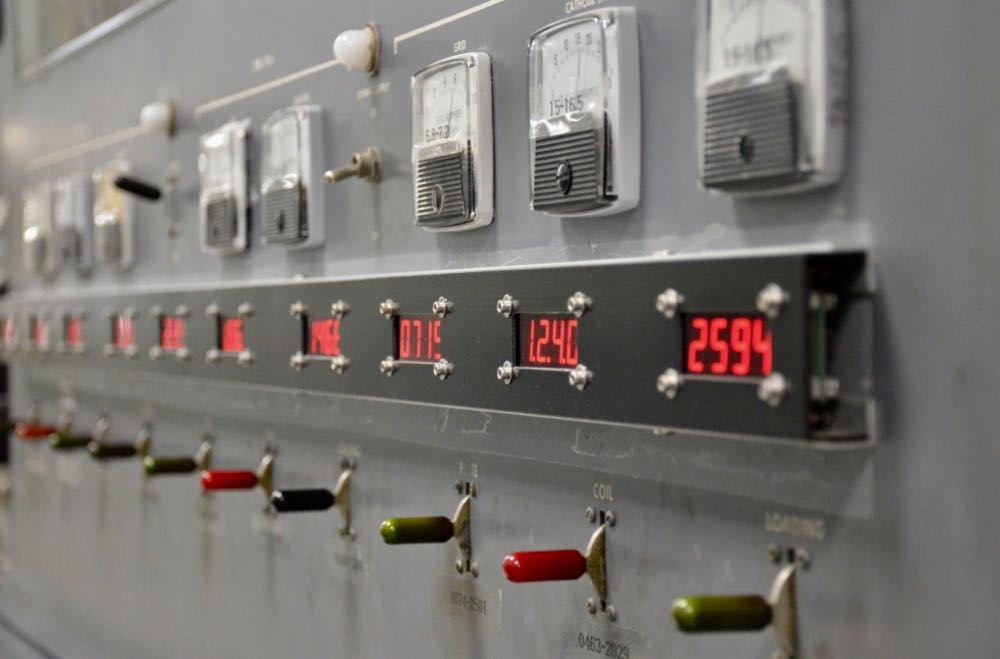
Radio Waves: Stories Making Waves in the World of Radio
Welcome to the SWLing Post’s Radio Waves, a collection of links to interesting stories making waves in the world of radio. Enjoy!
Many thanks to SWLing Post contributors Paul, Dennis Dura, Richard Cuff, and Bake Timmons for the following tips:
The U.S. Agency for Global Media has announced that it will be closing its Robert E. Kamosa Transmitting Station in the CNMI after decades in operation.
The station broadcasts the Voice of America transmission to Asia.
In a letter form USAGM’s William S. Martin, director of operations and stations division, a big change is taking place at the U.S. Agency for Global Media’s Robert E. Kamosa Transmitting Station.
“The change is a discontinuation of all shortwave radio transmissions at our Saipan and Tinian sites, the first step in closing the station,” he said.
According to Martin, on June 26, the USAGM—an independent federal agency that oversees the Voice of America, Radio Free Asia, and other U.S. funded international civilian broadcasters—announced it was closing REKTS, its two shortwave radio transmission sites, on Saipan and Tinian.
[…]”While shortwave radio was an effective and popular way for people in media-deprived countries to access international news and information during WWII and the Cold War, Martin says shortwave use has fallen dramatically almost everywhere since the invention of the internet and the fall of Soviet Union in the 1990s. [Continue reading…]
WCBS 880 AM, one of New York’s leading news radio channels for nearly 60 years, will be replaced with ESPN New York on Aug. 26, as 1010 WINS becomes the main radio station for real-time news coverage in the New York metro area.
Audacy, the parent company for both WCBS 880 and 1010 WINS, announced the agreement with Good Karma Brands, a sports media network, on Aug. 12. The station 880 AM will become the new home of ESPN New York and will use the call letters WHSQ-AM, pending FCC approval.[Continue reading…]
Hams Stepping up in Bangladesh (BBC Newsroom)
Many thanks to SWLing Post contributor, Bake Timmons, who writes:
Hams are stepping up right now in a very busy place — Dhaka, Bangladesh.
I heard ham radio mentioned this morning on this morning’s broadcast of the BBC program “The Newsroom”. A volunteer traffic coordinator and ham described (18:55 in the podcast linked below) how every traffic hub is now connected w/ amateur radio in the city of Dhaka, Bangladesh, in response to the absence of police, who have withdrawn from their normal duties after the ousting of prime minister Sheikh Hasina.
The story begins about 17:21 into the podcast at
https://www.bbc.co.uk/sounds/play/w172zbqdkb748vg
The decline of AM broadcast radio is a slow but inexorable process over much of the world, but for regions outside America there’s another parallel story happening a few hundred kilohertz further down the spectrum. The long wave band sits around the 200kHz mark and has traditionally carried national-level programming due to its increased range. Like AM it’s in decline due to competition from FM, digital, and online services, and one by one the stations that once crowded this band are going quiet. In the middle of all this it’s a surprise then to find a new long wave station in the works in the 2020s, bucking all contemporary broadcasting trends. Arctic 252 is based in Finland with programming intended to be heard across the Arctic region and aims to start testing in September. [Continue reading…]
Click here to check out Arctic 252’s website.
Do you enjoy the SWLing Post?
Please consider supporting us via Patreon or our Coffee Fund!
Your support makes articles like this one possible. Thank you!


